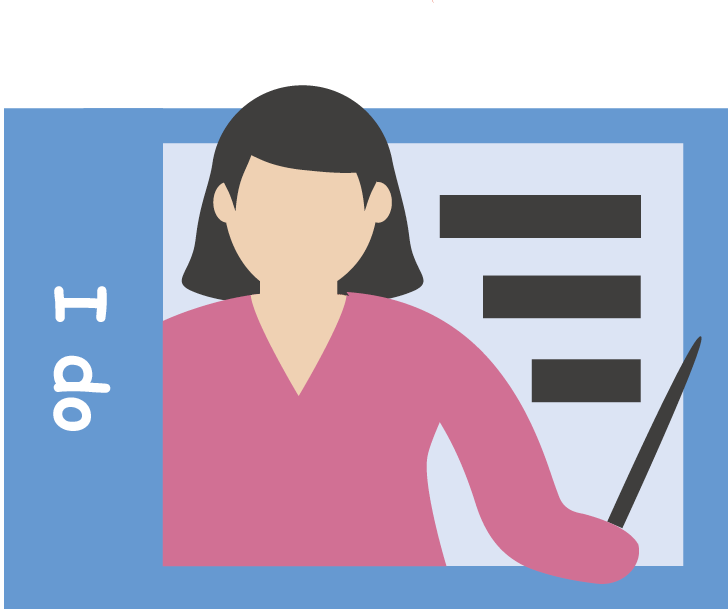Rosenshine’s Principle 7: Obtain a high success rate: It is important for students to achieve a high success rate during classroom instruction.
Rosenshine’s Principles of Instruction are at the heart of how we teach in Playberry Laser. These principles have gained momentum, prompting us all to consider whether our teaching is compatible with human cognitive architecture. In this blog series I will unpack each of Rosenshine’s ten principles.
Updated 2024 Teacher Manual

This is the blog post form of the Teacher Manual. This is also available in the Teacher Reference section.
Rosenshine’s Principle 5: Guide student practice: Successful teachers spend more time guiding students’ practice of new material.

Rosenshine’s Principles of Instruction are at the heart of how we teach in Playberry Laser. These principles have gained momentum, prompting us all to consider whether our teaching is compatible with human cognitive architecture. In this blog series I will unpack each of Rosenshine’s ten principles.
Rosenshine’s Principle 4: Provide models: Providing students with models and worked examples can help them learn to solve problems faster.

Rosenshine’s Principles of Instruction are at the heart of how we teach in Playberry Laser. These principles have gained momentum, prompting us all to consider whether our teaching is compatible with human cognitive architecture. In this blog series I will unpack each of Rosenshine’s ten principles.
Rosenshine’s Principle 3: Ask a large number of questions and check the responses of all students: Questions help students practice new information and connect new material to their prior learning.

Rosenshine’s Principles of Instruction are at the heart of how we teach in Playberry Laser. These principles have gained momentum, prompting us all to consider whether our teaching is compatible with human cognitive architecture. In this blog series I will unpack each of Rosenshine’s ten principles.
Rosenshine’s Principle 2: Present new material using small steps

Rosenshine’s Principles of Instruction are at the heart of how we teach in Playberry Laser. These principles have gained momentum, prompting us all to consider whether our teaching is compatible with human cognitive architecture. In this blog series I will unpack each of Rosenshine’s ten principles.
Rosenshine’s Principle 1: Daily Review

Rosenshine’s Principles of Instruction are at the heart of how we teach in Playberry Laser. These principles have gained momentum, prompting us all to consider whether our teaching is compatible with human cognitive architecture. In this blog series I will unpack each of Rosenshine’s ten principles.
How to use Morphology Catch Up Lessons

Some classes won’t have been taught the morphology previous to their point in the Playberry-Laser scope and sequence. We have developed morphology catch-up lessons to get them up to speed.
Paired Fluency Reading Routine

Fluency pairs are highly effective when done well and monitored closely.
Sarah Battistella (year 1) demonstration lesson

Watch Sarah Battistella teaching one of our Playberry-Laser Phonology Lessons to her Year 1 Class.